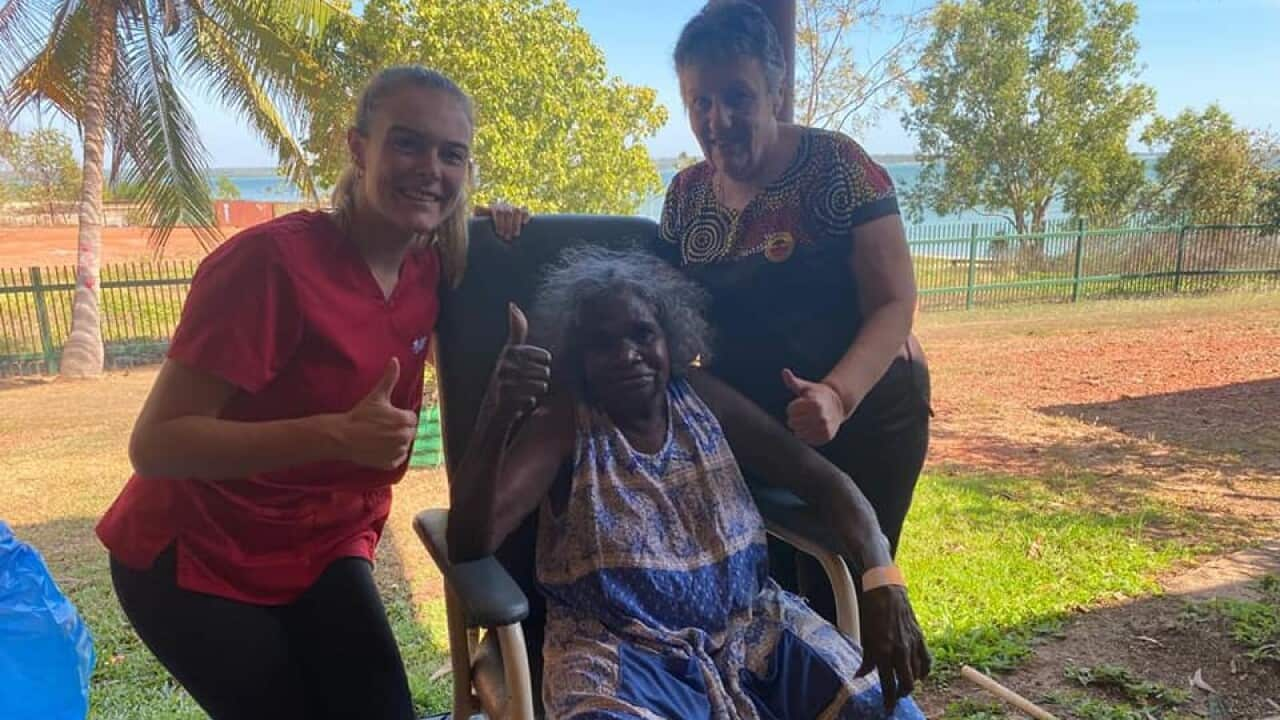More than one in four people to test positive to COVID-19 in NSW between mid-June and mid-August were 18 and under.
But 98 per cent of children with the virus never developed symptoms or only had a mild infection.
The data is contained in a new report from the National Centre for Immunisation Research and Surveillance, released on Wednesday.
It examined the spread of COVID-19 in schools and daycare centres over a six-week period in NSW.
"The highest rate of spread was actually amongst unvaccinated adult staff," Kristine Macartney, director of the centre, told reporters on Wednesday.
Between June 16 and July 31, 59 people - 34 students and 25 workers - turned up to schools or daycentres while potentially infectious with COVID-19.
Greater Sydney went into lockdown on June 26, significantly reducing the number of children going to school and childcare.
The virus only transmitted at 19 of the 51 schools or daycare centres that had exposure.
The most common kind of transmission was between daycare centre staffers.
But transmission rates were more than five times higher than in the first lockdown in early 2020 because of the Delta variant.
Some 69 students caught the virus at school or daycare.
Out of the 2864 people aged 18 and under to get the virus in NSW between June 16 and August 19, 70 (or two per cent) were taken to hospital.
But only 43 were admitted for medical reasons - two others were born in hospital, and 25 were admitted because of social reasons, such as their parents being hospitalised.
Five kids aged between 15 and 18 were admitted to the ICU.
An overwhelming majority - 88 per cent - caught their infections at home.
The release of the data comes after the NSW government revealed last month that schools will begin returning to face-to-face learning in late October.
Kids aged 12 and up have only just received approval to get the vaccine, causing some parents to worry they'll be vulnerable to infection when they return to classrooms.
But NSW Premier Gladys Berejiklian said the research should allay concerns.
The staged return to school will allow for "ample social distancing", and warmer weather over summer will allow for outdoor learning, she said.
"Face-to-face learning is obviously the optimum way for children to learn," Ms Berejiklian said.










